3 F. "high" at KMSP yesterday.
23 F. average high on January 12.
5 F. high on January 12, 2015.
January 13, 1916: The high temperature in the Twin Cities only reaches a frigid -14 degrees.
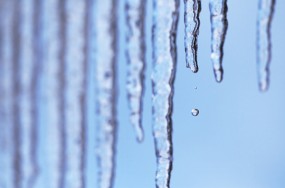
Pioneer Cold: 72 Consecutive Subzero Hours Starting Saturday
Winter came late this year - now it's coming all at once. From a lukewarm massage to a cold slap across the face.
The atmosphere is a complex jumble, and proving cause and effect is fraught with peril. Emerging science suggests a rapidly warming arctic is slowing jet stream winds, creating a wavier "amplified" pattern, one more prone to weather getting "stuck" for extended periods of time.
The jury is out, but there's little doubt a dollop of polar pain is on the way for the weekend.
Temperatures and wind chill values will be colder than what we just muddled through. We may not rise above 0F for 72 straight hours, from Saturday morning through Tuesday morning. I wouldn't be shocked to see a 20-below air temperature in outlying suburbs Monday morning. Pioneer cold.
Part of me is reassured it can still get this cold. A very small part. Models still show moderation by the last week of January, when feeling should return to your extremities.
Snow? Maybe a coating Thursday as the next Siberian Treat approaches.
Time to dig out extra layers, and daydream about spring break.
Dipping Into The Danger Zone. Never (ever) tell a Minnesotan not to go outside, but only the brave and foolish will be spending extended periods of time outside. A windchill of 0F is no big deal (if you're active and properly dressed). But -35 to -45F? That's a different beast. The map above shows predicted wind chill values at 7 AM Sunday, in the -35F range in the metro, as cold as -45F from Willmar to Mankato to Albert Lea. Even the veterans will be griping this weekend. ECMWF solution: WeatherBell.
Coldest Air Temperature. It's a toss-up between Sunday or Monday morning, but under clear skies with diminishing winds temperatures may drop a few degrees early Monday as the center of arctic high pressure slides to our south, setting the stage for some -20F air temperatures in the outlying suburbs. The urban heat island will keep the immediate metro about 5 degrees warmer. Map valid 12z Monday.

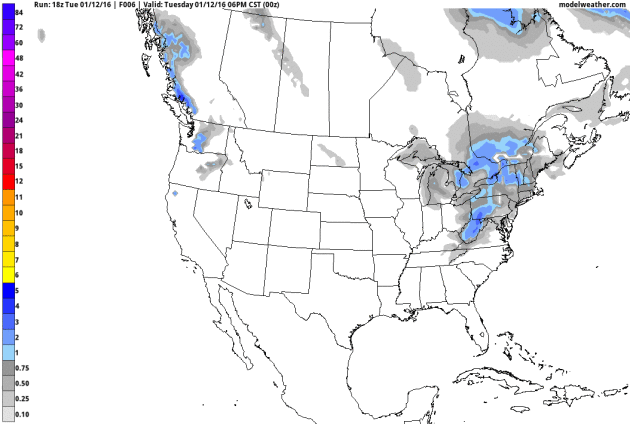
February Preview. Most NOAA climate models show a warm bias returning next month, with the warmest temperature anomalies over central and eastern Canada and the northern tier of the USA. Temperature anomalies averaged over all of February in celsius. Map: WeatherBell.
Spring Break? We'll see if the long-range models are on the right track, but the same CFSv2 (Climate Forecast System) model shows a warmer bias for Canada and the northern USA into March as the El Nino signal lingers, slowly fading by late spring or early summer.
Photo credit: "A pileup involving as many as 50 vehicles shut down part of U.S. Highway 131 near Grand Rapids, Michigan last December after small snow event." (Courtesy of Fox 17)
America's Unusually Hot Year. An article at Pacific Standard
points out that every state in the USA experienced temperatures in 2015
warmer than the 20th century average; here's an excerpt: "It's
official: On average, 2015 was the second warmest year on record. In
fact, every state in the United States experienced above-average annual
temperatures last year, marking the 19th consecutive year in which
average annual temperatures were higher than those of the 20th century.
The annual average temperature this year was 54.4°F—just shy of 55.3°F,
the average for 2012, the warmest year on record, according to National
Oceanic and Atmospheric Administration's National Centers for
Environmental Information annual summary.
Several states, including Montana, Washington, Oregon, and Florida all
experienced their warmest years since 1895, the year in which
record-keeping for temperature and precipitation began..."
Image credit: phys.org, which has more details on the emerging CASA radar network.
Don't Blame All These Rains and Floods on El Nino. It's a complicated jumble of factors, argues a story at WIRED; here's an excerpt: "...El Niño is not weather. Weather is short-term stuff: hurricanes, rainstorms, droughts. El Niño is none of those things, but it influences them all. By the numbers, the phenomena is pretty boring: warmer than average surface ocean temperatures in the normally cool Eastern equatorial Pacific Ocean. That warm water makes the normally dry air humid. Result: huge rainstorms and rapidly rising air that ripples around the world. “It’s like dropping a rock in a pond,” says Martin Hoerling, research meteorologist for NOAA’s Earth Systems Research Laboratory in Boulder. As those ripples spread towards the poles and eastward (because of Earth’s rotation), they cause the jet stream to undulate. So low pressure systems form in weird places..." (Image credit: NASA JPL).
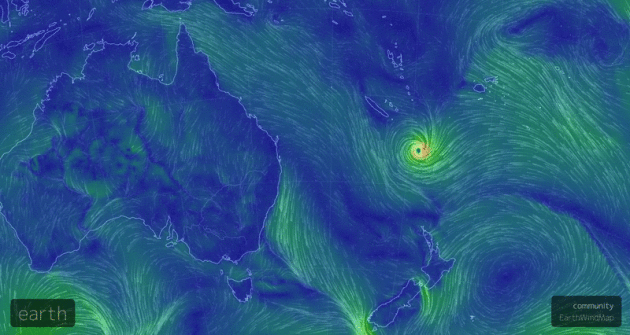
Image credit: earth.nullschool.net.
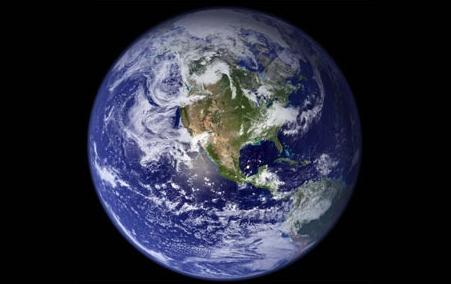
Starvation Expected in Massive Die-Off of Alaska Seabirds. Here's an excerpt from ABC News: "...The
length of time we've been seeing dead birds, and the geographic scope,
is much greater than before in other die-off events," said Kathy Kuletz,
a biologist for the U.S. Fish and Wildlife Service. "We're looking at
many times that. So possibly a good chunk of the population." In 2008,
Irons was lead author on a research paper that correlated natural
die-offs to climate change and rising ocean temperatures. Using data
from murre colonies around the circumpolar north, researchers found
murres died in years when ocean surface temperature water increased by
just a few degrees..."
Photo credit above: "In
this Jan. 5, 2016 photo, Guy Runco, director of the Bird Treatment and
Learning Center, releases a common murre near the Anchorage small boat
harbor in Anchorage, Alaska. The center has treated hundreds of common
murres found emaciated along beaches or in inland communities far from
the ocean. Thousands of other murres have died of starvation and federal
scientists are trying to determine why." (AP Photo/Dan Joling).
Photo credit above: "A tanker leaves an oil refinery in Corpus Christi, Texas, earlier this month. The benchmark price of U.S. crude tumbled more than 5% to $31.41 a barrel on Monday, setting a 12-year low." Photo: Bloomberg News.
.jpg)
Is The Post-Fossil Fuel Era Now Inevitable? Here's an excerpt of an Op-Ed at Huffington Post: "Ambassador Laurence Tubiana, France's point person for COP21, wisely explained a year ago that Paris will be judged a success if it leads to the conclusion that the shift to the post-fossil fuel era is inevitable. That feeling of inevitability, she reasoned, will underpin the massive shift of trillions of dollars required to pay for the low carbon transition. The positive conclusion of the Paris conference on December 12, coupled with the enormous array of commitments made before, during, and after the COP, indicates that a massive systemic change is afoot..."
Automakers Go Electric, Even If Gas is Cheap. Here's the intro to a New York Times story: "While
American consumers were taking advantage of low gas prices to buy
trucks and sport utility vehicles in large numbers, some automakers
delayed investing in slower-selling electrified vehicles. But with
increases in federal fuel-economy standards looming in 2017, car
companies are hustling to bring out hybrid and electric models to help
them meet the new rules — even though electrified vehicles make up only 2
percent of overall sales. The federal government has mandated corporate
average fuel economy of 54.5 miles per gallon by 2025. But companies
need to meet an interim standard of about 37 m.p.g. by next year..."
How GM Beat Tesla to the First True, Mass-Market Electric Car. 30K is the sweet spot, especially if it can go 200-300 miles on a charge. Here's an excerpt of an encouraging story at WIRED: "...General Motors first unveiled the Chevy Bolt as a concept car in January 2015, billing it as a vehicle that would offer 200 miles of range for just $30,000 (after a $7,500 federal tax credit). Barring any unforeseen delays, the first Bolts will roll off the production line at GM’s Orion Assembly facility in Michigan by the end of 2016. As Pam Fletcher, GM’s executive chief engineer for electric vehicles, recently put it to me with a confident grin: “Who wants to be second?” For GM, the Bolt stands to offer a head start in a new kind of market for electric cars. But for the rest of us, there’s a broader significance to this news..."
Image credit above: "This illustration shows theropods engaged in scrape ceremony display activity, based on trace fossil evidence from Colorado." Photograph: Lida Xing/AP.
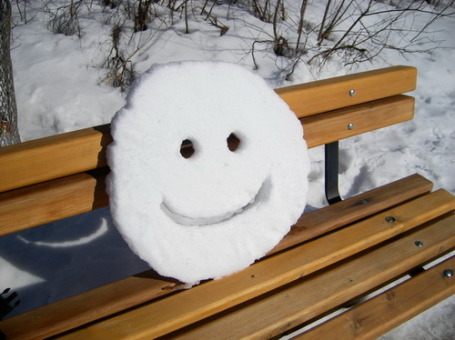
TODAY: Clouds, few flurries. Winds: SW 7-12. High: 17
WEDNESDAY NIGHT: Overcast with flurries off and on. Low: 15
THURSDAY: Light snow late, coating to 1" possible. Winds: SE 8-13. High: near 30
FRIDAY: Flurries taper, winds increase. Winds: NW 10-20. Wake-up: 21. High: 25 (falling)
SATURDAY: Polar fun, feels like -20F. Winds: NW 10-15+ Wake-up: -3. High: -1
SUNDAY: Dangerously cold. Feels like -30F. Winds: NW 10-15. Wake-up: -15. High: -4
MONDAY: Arctic sunshine, winds ease a bit. Winds: NW 5-10. Wake-up: -17. High: -2
TUESDAY: Clouds increase, not as harsh. Wake-up: -10. High: near 20
* Photo credit: Star Tribune.
Climate Stories...
I'm looking forward to facilitating a discussion with Minnesota business leaders on how resilience, sustainability and innovation can turn a potential negative into a positive, for shareholders, investors and all Minnesotans as we transition to a clean-energy economy while preserving the Minnesota we've come to know and love for our kids and future generations.
From protecting precious water resources to the growing impact on Minnesota's agricultural economy to tribal preparation to communication challenges and emergency management, there's something at this conference for everyone. Attached you'll find the draft agenda, which hopefully will assist you in making your decision to attend. Please follow this link to register for the conference!
https://www.wrc.umn.edu/news-
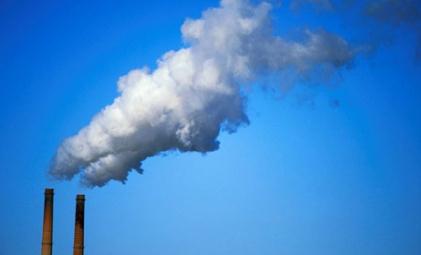
Republicans Might Actually Be Willing To Do Something About Climate Change. Here's a snippet of an interesting Washington Post story: "...At this make-or-break moment for curbing emissions, we need to accept an inconvenient truth: It’s impossible to solve the climate crisis without winning conservatives to the cause. Believe it or not, this shouldn’t be reason for despair. There’s evidence that conservative views on climate are evolving. According to a recent poll commissioned by a top GOP donor and conducted by three respected Republican pollsters, a majority of Republicans — including 54 percent of self-identified conservatives — not only believe in human-induced climate change but would support a carbon tax if the money were rebated or paired with an accompanying tax cut..."
Photo credit above: "A coal-fired power plant outside Point of Rocks, Wyo." (Jim Urquhart/Reuters).
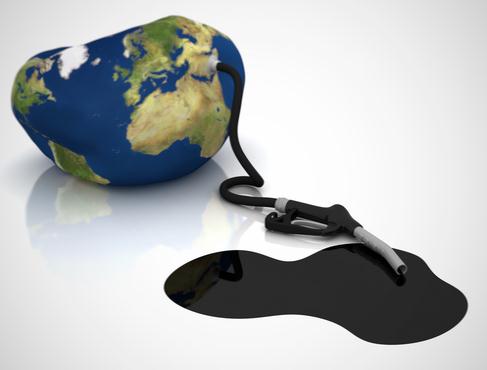

Giant Icebergs Fertilize the Ocean, Sucking Carbon - Study. Here's an excerpt of an interesting story at Climate Home: "Icebergs that break off Antarctica could account for twice as much carbon dioxide stored in the Southern Ocean than previously believed, a study on Monday suggested. The drifting blocks the size of Manhattan sustain far greater amounts of phytoplankton – which remove CO2 through photosynthesis – in their trail as they melt, satellite imagery revealed..."
Photo credit above: "Icebergs in Patagonia, Argentina. Geographers measured icebergs at least 18 km in length through 175 satellite images taken between 2003-13." (Flickr/ Denisbin).
Fracking is a Bridge to Nowhere. Earthquakes, uncontrollable methane releases are a few potential hazards of the trade; here's an excerpt of an Op-Ed at Chronicle Journal: "...What could go wrong? Well, according to a study published last summer in the journal Environmental Science & Technology, natural gas gathering facilities, which collect gas from multiple wells, lose approximately 100 billion cubic feet of natural gas every year. Which is about eight times more than the estimates relied on by the U.S. Environmental Protection Agency. Which is bad. But not Congress bad. On Dec. 18, the U.S. Congress voted to lift the 40-year-old ban on oil exports as part of an omnibus budget bill. According to the Economist magazine’s analysis, this move will likely give the fracking industry a fillip, increasing the market for the light, sweet crude pumped out of America’s shale deposits..." (Image credit: Huffington Post).
Photo credit above: "Delegates inspecting a model of a CCS plant at a Saudi Arabia forum in November 2015. Large-scale projects have doubled on a decade earlier, with 15 running last year, according to the Global CCS Institute." (credit: IISD.ca).
Climate Change Means More Fear, Less Fun for Global Middle Class. Thomson Reuters has a summary of a new study; here's a clip: "...The report said middle-class households are already changing their lifestyles in the cities most exposed to hotter temperatures, rising sea levels and extreme weather such as storms and floods. "More fear, less fun is how we might sum it up," said the study. In places with high risks of climate-related shocks, people spend more on the upkeep of their properties. And homes may decrease in value if certain places become less appealing to live, eating into wealth, the report said. Efforts to adapt to changing climate conditions - which remain modest and sporadic among the middle class - can also bring new costs..."
Photo credit above: "A family wades through a residential area flooded by the Kinugawa river, due to typhoon Etau, in Joso, Ibaraki prefecture, Japan, Sept. 10, 2015. "REUTERS/Issei Kato.
Global Warming Threatens the Backyard Rink. If nothing else the outdoor skating season will be shortened - in fact it already is. Here's an excerpt from CBC News: "A Canadian tradition, the backyard rink, may be in trouble in the coming years in much of the country, including P.E.I. That's the conclusion of a group of geographers at Wilfred Laurier University in Waterloo, Ontario, which has been studying ice conditions in rinks since 2012. They're the founders of Rink Watch, a website that allows people to pin their rinks on a map, and then update ice conditions all winter. They've just crunched the first two years of data, along with global climate models, and they say the number of skating days will drop by 20 to 30 per cent in Toronto, Montreal and Calgary by the end of the century..."
Photo credit above: "Volunteers send in ice conditions from backyard rinks across the country to Rink Watch." (Submitted by Donna Cassell).
Surface Temperature or Satellite Brightness.
Right now there's a fair amount of manufactured misinformation about
the veracity of surface records vs. satellite records for measuring
trends in temperature over time. Here's an excerpt of an explainer at Skeptical Science: "There
are several ways to take the temperature of the earth. We can use
direct measurements by thermometers to measure air or sea surface temperatures.
We can measure the temperature of the surface itself using infrared
cameras, either from the ground or from space. Or we can use satellites
to measure the microwave brightness of different layers of the atmosphere. In a recent senate subcommittee hearing
the claim was made that microwave brightness temperatures provide a
more reliable measure of temperature change than thermometers. There are
two issues with this claim:
- Microwaves do not measure the temperature of the surface, where we live. They measure the warm glow from different layers of the atmosphere.
- The claim that microwave temperature estimates are more accurate is backed by many arguments but no data..."
.jpg)
Pope Inspires Clergy to Join Environmental Movement. Stewardship, Creation Care, taking responsibility for our actions and dealing with the symptoms of "free will" are all relevant to people of faith; here's an excerpt from The Buffalo News: "Look at any environmental gathering in the Buffalo Niagara region, and you’ll see the usuals: the bird-watchers, hikers, pollution fighters, neighborhood activists and even the granola-eating tree-huggers. But now others show up in greater numbers, too. You can thank God for that. Or Yahweh. Even Allah or the Great Spirit. Environmentalists are making room for priests, nuns, rabbis, imams and others of faith who care about the environment and want to play a role in protecting our water, air and land..."

No comments:
Post a Comment